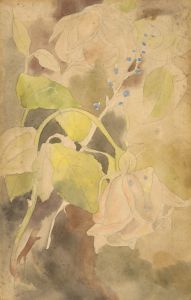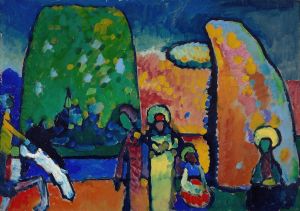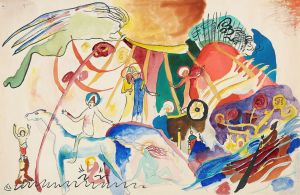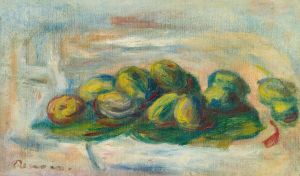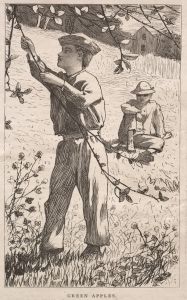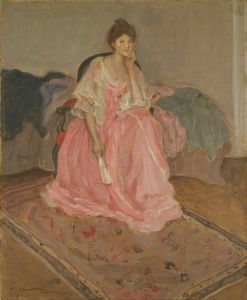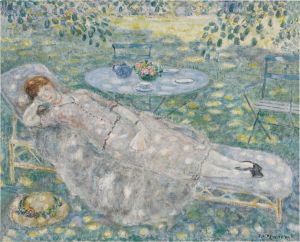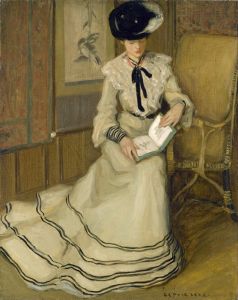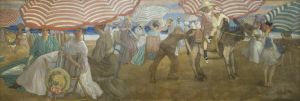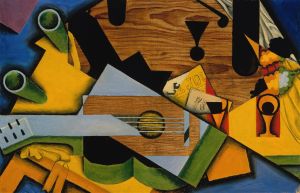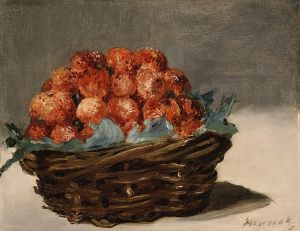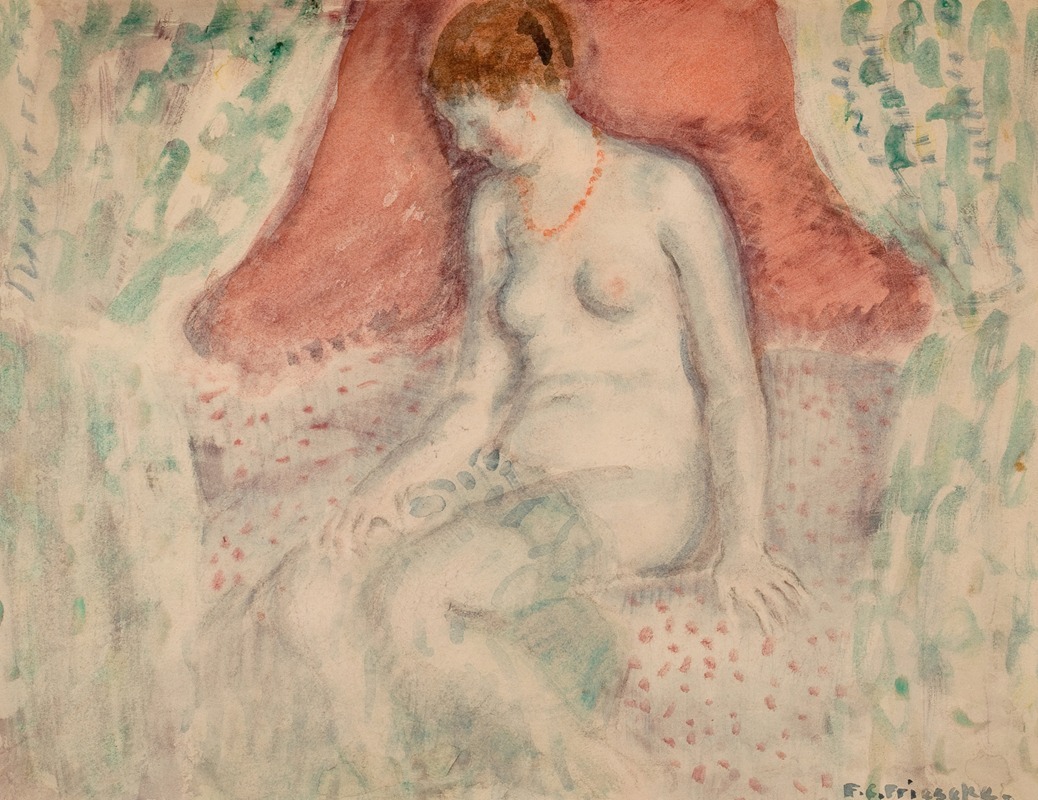
Nude
A hand-painted replica of Frederick Carl Frieseke’s masterpiece Nude, meticulously crafted by professional artists to capture the true essence of the original. Each piece is created with museum-quality canvas and rare mineral pigments, carefully painted by experienced artists with delicate brushstrokes and rich, layered colors to perfectly recreate the texture of the original artwork. Unlike machine-printed reproductions, this hand-painted version brings the painting to life, infused with the artist’s emotions and skill in every stroke. Whether for personal collection or home decoration, it instantly elevates the artistic atmosphere of any space.
Frederick Carl Frieseke was an American Impressionist painter known for his vibrant use of color and light, often depicting scenes of women in intimate, domestic settings. One of his notable works is "Nude," which exemplifies his mastery in capturing the subtleties of light and shadow on the human form.
Frieseke was born on April 7, 1874, in Owosso, Michigan, and he studied at the Art Institute of Chicago and the Art Students League of New York. He later moved to Paris, where he continued his studies at the Académie Julian. Influenced by the French Impressionists, Frieseke developed a style characterized by loose brushwork and a focus on the effects of light.
"Nude" is a testament to Frieseke's interest in the female form and his ability to render it with sensitivity and grace. The painting features a woman in a relaxed pose, bathed in natural light that filters through the surrounding environment. Frieseke's use of color is particularly noteworthy; he employs a palette that enhances the warmth and softness of the skin tones, creating a sense of intimacy and tranquility.
The setting of "Nude" reflects Frieseke's frequent choice of domestic interiors or garden scenes, where he could explore the interplay of light and shadow. This focus on light is a hallmark of his work, as he often painted during the summer months in Giverny, France, where he was part of an artist colony that included other American Impressionists. The influence of this environment is evident in the way Frieseke captures the dappled sunlight and the serene atmosphere of the scene.
Frieseke's approach to the nude was both traditional and innovative. While he adhered to the classical tradition of depicting the human form, he infused his work with a modern sensibility through his Impressionist technique. This blend of tradition and modernity is one of the reasons his work remains significant in the history of American art.
The painting "Nude" is also indicative of Frieseke's broader artistic concerns, such as the exploration of beauty and the everyday life of women. His depictions often convey a sense of privacy and introspection, inviting viewers to contemplate the subject's inner world. This focus on the personal and the intimate aligns with the broader Impressionist movement, which sought to capture fleeting moments and the essence of modern life.
Frieseke's work, including "Nude," has been exhibited in various prestigious institutions, reflecting his status as a prominent figure in American Impressionism. His paintings are part of collections in museums such as the Metropolitan Museum of Art in New York and the Smithsonian American Art Museum in Washington, D.C.
In summary, "Nude" by Frederick Carl Frieseke is a quintessential example of his Impressionist style, characterized by its delicate handling of light and color, as well as its focus on the intimate and personal aspects of the human experience. Through this work, Frieseke continues to be celebrated for his contributions to the Impressionist movement and his unique perspective on the depiction of women in art.





